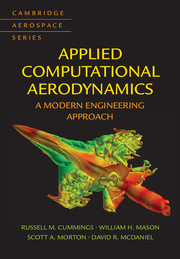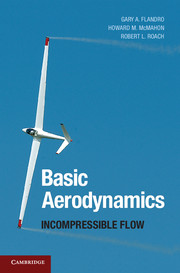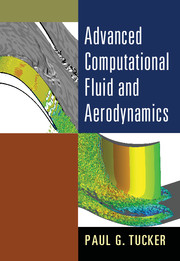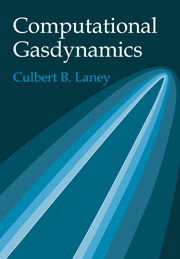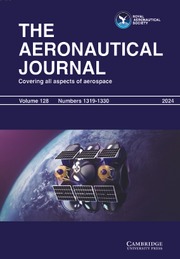Applied Computational Aerodynamics
This computational aerodynamics textbook is written at the undergraduate level, based on years of teaching focused on developing the engineering skills required to become an intelligent user of aerodynamic codes. This is done by taking advantage of CA codes that are now available and doing projects to learn the basic numerical and aerodynamic concepts required. This book includes a number of unique features to make studying computational aerodynamics more enjoyable. These include:
• The computer programs used in the book's projects are all open source and accessible to students and practicing engineers alike on the book's website, www.cambridge.org/aerodynamics. The site includes access to images, movies, programs, and more
• The computational aerodynamics concepts are given relevance by CA Concept Boxes integrated into the chapters to provide realistic asides to the concepts
• Readers can see fluids in motion with the Flow Visualization Boxes carefully integrated into the text.
- Various computer programs are used within the projects contained in the book, all of which are open source and accessible to students and practicing engineers alike
- CA Concept Boxes appear throughout the book to make material more relevant and to provide interesting asides from the material at hand
- Flow Visualization Boxes are used throughout the book to give readers the opportunity to 'see' fluid dynamic flows first hand
Reviews & endorsements
'Based on the authors' teaching and research experience, they have succeeded in composing a volume for students in aeronautical and aerospace engineering by including a number of unique features to enthuse the readers. … I strongly recommend this textbook for aeronautical or aerospace students at either undergraduate or postgraduate level. Aerospace engineers/researchers will also find it useful as a handbook. This comprehensive volume can be used by those with little background in fluid mechanics, aerodynamics or CFD as a self-contained learning material.' Ning Qin, The Aeronautical Journal
'… the text has an easy style, with useful quotes, insets containing biographies of people who work in the field, and concept boxes that summarize the most important ideas. There are also projects included for most chapters, together with traditional problems. These features definitely make the text captivating and should help undergraduate students become passionate about the field … especially useful from the point of view of the practitioner. The text helps the student get familiar with various visualization techniques used not only by computational aerodynamicists but also by experimentalists … I really like the practical emphasis of the presentation and recommend it as an excellent material for an undergraduate class in computational aerodynamics.' Daniel Livescu, AIAA Journal
'An excellent textbook with a lot of useful information regarding computational aerodynamics.' Xiaofeng Liu, San Diego State University
Product details
June 2015Hardback
9781107053748
888 pages
261 × 184 × 45 mm
1.67kg
641 b/w illus. 25 tables 49 exercises
Available
Table of Contents
- 1. Introduction to computational aerodynamics
- 2. Computers, codes, and engineering
- 3. Getting ready for computational aerodynamics: fluid-mechanics foundations
- 4. Getting ready for computational aerodynamics: aerodynamics concepts
- 5. Classical linear-theory computational aerodynamics
- 6. Introduction to computational fluid dynamics
- 7. Geometry and grids: a key consideration in computational aerodynamics
- 8. Viscosity and turbulence modeling in computational aerodynamics
- 9. Flow visualization: the art of computational aerodynamics
- 10. Applications of computational aerodynamics
- Appendix A: geometry for aerodynamicists
- Appendix B: sources of aerodynamic data for code validation
- Appendix C: potential-flow review
- Appendix D: computational aerodynamics programs
- Appendix E: structured grid transformations
- Appendix F: commonly used turbulence models.

